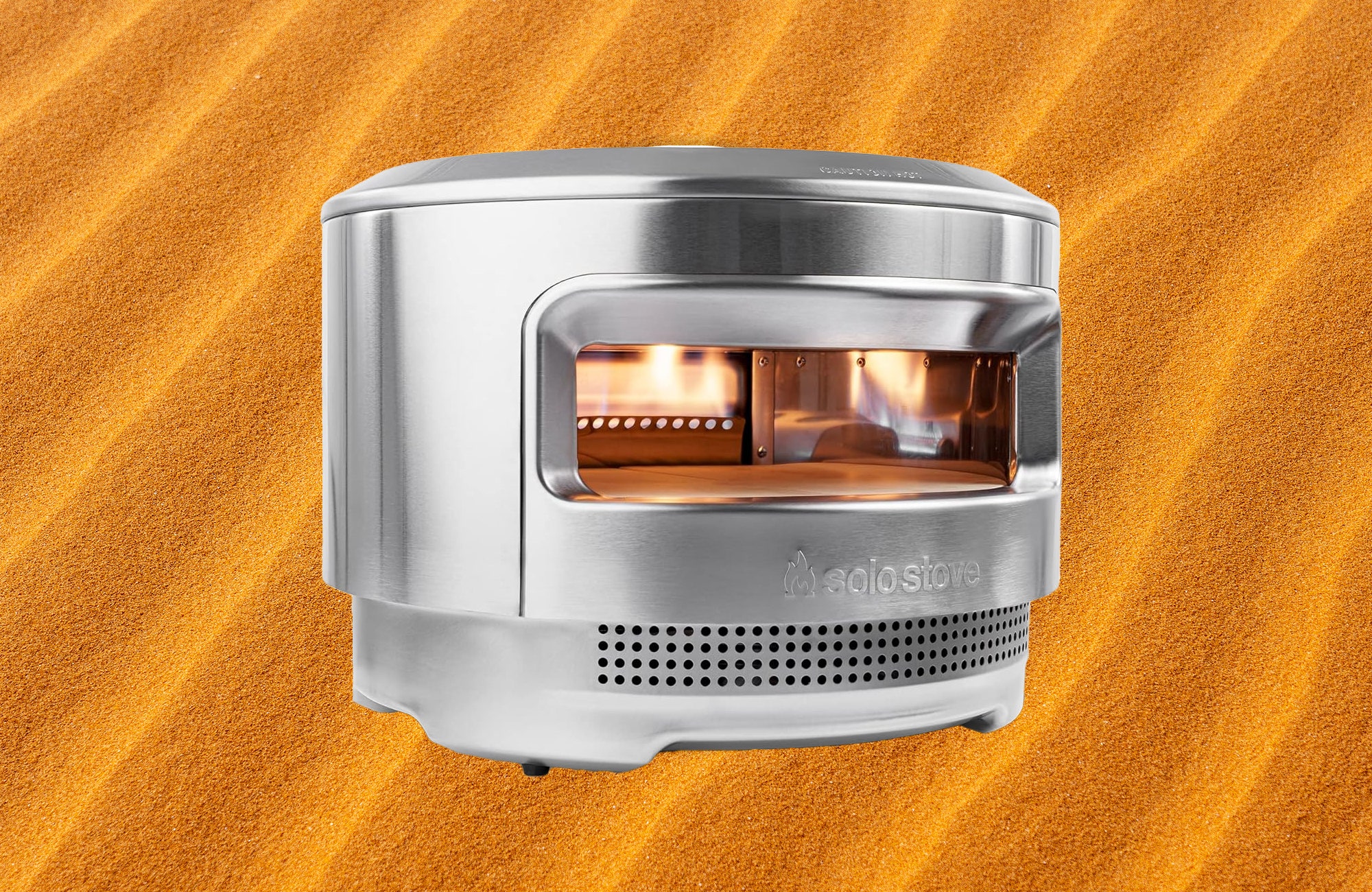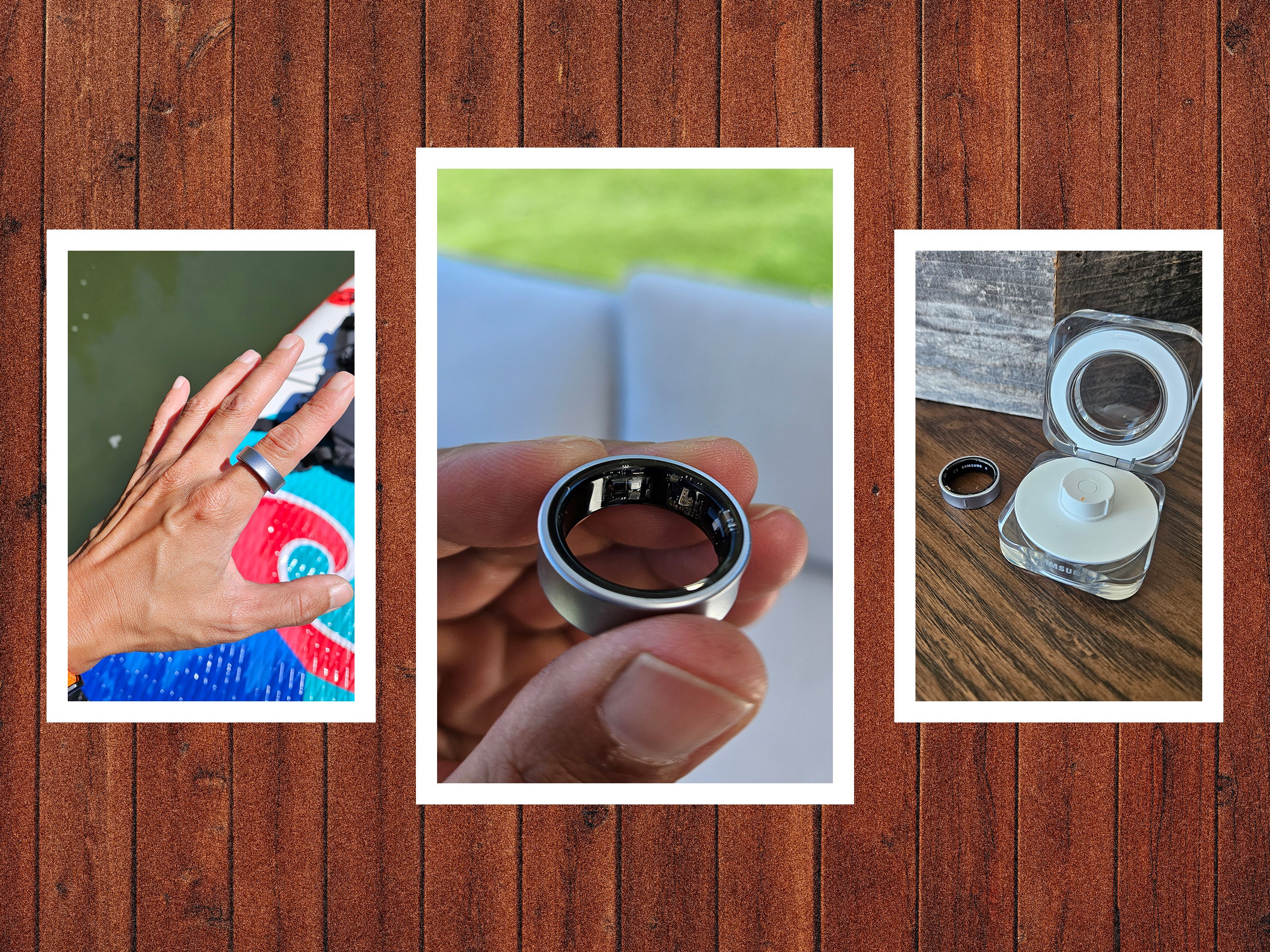The Ableton Move Is a Perfect Tool for Traveling DJs
The Ableton Move, a new stand-alone instrument from the makers of the world’s most popular live DJ software, is already one of my favorite grooveboxes, and it’s mostly because of how well it integrates with that excellent software ecosystem.
There are plenty of more-powerful options out there. There are cheaper options, options with more features and connectivity. There are even options that aren’t tethered to a specific digital audio workstation. But as a dedicated Ableton Live user and someone who prizes immediacy and ease of use over an impressive spec sheet, I can’t help but be drawn to the Move more than all the others, and I expect the millions like me who use Ableton will feel the same.
You’re not going to compose a finished record on it, but it’s an excellent musical sketch pad, and those sketches can then easily be transferred to Ableton Live to be fleshed out. For under $500, it’s a worthwhile tool for portable music-making for folks who use Ableton Live in the studio or on stage.
Photograph: Terrence O’Brien
Getting Moving
The Ableton Move is, in many ways, a mini Ableton Push ($2,000) controller. It’s a black slab with a fairly minimal appearance apart from pads on top. Even many of the icons that tell you how to access the Move’s more advanced features and menus remain hidden unless you hold down the Shift button. The key design choices from the Push are there, from the decently sized jog wheel and the 32 RGB pads with polyphonic aftertouch to the smooth endless encoders.
Photograph: Terrence O’Brien
The most obvious difference between the Move and Push (other than size and weight) is the Move’s 16-step sequencer buttons across the bottom. While Push has a step sequencer, it’s integrated into a 64-pad layout rather than its own dedicated thing. The Move also has built-in speakers that are decent enough. They’re a bit quiet, but they’ve got some unexpected thump in the bass.
In general the Move feels solid. It’s just 0.75 thick (excluding the encoders) and weighs just 2.15 pounds—it easily fits in a backpack. Yet it doesn’t feel flimsy. I’m perfectly comfortable just tossing it in a bag without protection and letting my 2-year-old hammer on it. It’s got a premium build befitting its $449 price.
Simple Workflow
The big draw of Move, to me, is just how immediate it is. You turn it on, it randomly loads four presets tailored to drums, bass, harmony and melody, and you’re off to the races. You can swap them out if you don’t like what’s served up, or embrace the musical roulette.
You can choose a specific number of bars, or just press Record again to immediately begin looping once you’ve played in something live. There’s a simple step sequencer that allows for a maximum of 16 bars (depending on grid resolution that can be up to 1,024 steps). And recording automation is as simple as pressing the Record button and twisting the filter cutoff knob, or you can hold down a step on the sequencer and change all the parameters for just that note.
You can extend a loop, duplicating the steps with a quick button combination. Or create another copy of a loop, then play on top of it to make a new variation. This is probably the core concept behind the Move workflow, which is really an extension of Live’s own Session view. It allows you to quickly iterate on ideas without breaking creative flow and then recombine your loops in different ways to see what works.
What you won’t find on Move are any tools for doing deep sound design or piecing together finished arrangements. Sure you can tweak presets and effects with the encoders across the top, but that’s not the point.
Photograph: Terrence O’Brien
The point here is to get you making music as quickly as possible, with as little friction as possible and then worry about the details later when you transfer sets over to Live. It ships with over 1,500 presets and, if you can’t find something you like, you can always sample something using either the audio in or built-in mic.
Just keep your expectations in check for the mic and speakers. They get the job done if you’re just messing around, but I would not recommend using them for serious production. It’s also slightly annoying that you can see the waveform while adjusting the starting point of the sample but not the end; you just get a percentage, which makes it very difficult to make precise trims.
It’s even pretty easy to chop up samples if that’s your preferred production style. You can fill up the 64 GB of internal storage with krautrock loops and then chop them up by resampling them to a drum rack, or connect your phone to the audio in and just tap on the pads in a drum rack in time with your favorite all-horn rendition of Chappell Roan’s “Red Wine Supernova.”
Slow to Accelerate
The biggest limitation of Move is ultimately also its hardware. It’s built around a low-power ARM chip, which gives it a solid claimed battery life of around four hours (this was closer to three in my experience) but also means it isn’t running a full-fledged version of Ableton Live. Instead it’s based on the same engine powering Note, Ableton’s iOS app. The software version can handle up to eight tracks, but Move is limited to four. That gives you enough for a rhythm track, bass, chords, and lead line, but to squeeze more out of Move you’ll have to get a little creative.
One trick is to use a drum rack loaded up with melodic samples. Each pad can be played in 16 pitches mode, allowing you to play melodies and bass lines along with your percussion in a single track.
Photograph: Terrence O’Brien
Move also borrows a key workflow feature of Roland’s SP series: resampling. The implementation here is a little clunkier, but you can put together a core loop of three tracks, then bounce that down to one, freeing up the other three tracks to add additional layers. (You could actually do four tracks and resample to an empty pad in a drum rack, but that’s even clunkier.)
Because Move is built on the same platform as Note, you’re also limited in the instruments available to you. As of now, only Ableton’s Drift, Wavetable, and Drum Rack are running on Move, though Ableton says it’s looking for ways to expand that. That being said, these are extremely versatile instruments that generally sound pretty solid. Drift in particular can be delightfully unstable.
Third-party VSTs are out of the question, but there’s also no Operator (Abelton’s FM plug-in), or any other first-party instruments. Even Wavetable is available in a relatively limited form. Ableton only includes certain presets because Move’s processor is simply not powerful enough to handle some of the more complex ones.
Photograph: Terrence O’Brien
Drum Rack has its limitations, too. Pads have to use the new Drum Sampler, instead of Simpler, and they can’t have individual effects chains. Instead any effects need to apply to the entire Drum Rack.
Your effect selection is pretty decent. There are eight in total: reverb, delay, saturator, redux, chorus-ensemble, phaser-flanger, channel EQ and dynamics (combo EQ and compressor). Each track can have two effects, plus there are two master effects
Connectivity is limited, but not overly so. There’s 3.5-mm audio in and outs plus a USB-A port for connecting an external MIDI controller if you prefer a keyboard to pads, and a USB-C port for charging that also allows you to use the Move as controller and audio interface with Live.
Perhaps most importantly, the Move connects to Wi-Fi, which is how you get software updates and manage sets, samples, and presets (Drift and Drum Rack only for the moment). It also allows you to backup sets to Ableton Cloud and sync tempo with instruments, DAWs and VSTs that support Ableton Sync.
A Decent Controller
While Ableton is primarily pitching Move as a stand-alone device, it can also serve as a MIDI controller. While it’s not nearly as full-featured as Push, Move still has a ton of Live-specific features that should make it appealing to anyone using that DAW. For one, mapping of pads and encoders is all automatic for Ableton’s first-party plug-ins.
You can’t use it to do fine-tuned editing of MIDI or to browse presets, but basic recording, looping and triggering of clips is all supported. As is Capture MIDI, which is great for when you forget to hit record or are just noodling around and stumble on something you like. This takes the last bunch of notes you played and dumps them into a clip.
Photograph: Terrence O’Brien
Perhaps the best thing is that Move is so much smaller than Push, but does have many of the same core features. The Push is giant, even the controller-only version is nearly seven pounds. The Move can go anywhere and might be the ideal travel companion for music making. You can sketch out a beat on a plane or in a park, then connect it to your computer running Live back at your hotel and put the finishing touches on your track.
The Ableton Move is far from perfect: The sequencer can feel limited, the arpeggiator is barebones, the menus aren’t always super intuitive, and many of the presets are kind of cheesy. Still, it manages to delicately walk this line of instant gratification and reasonable depth.
There are far more powerful grooveboxes out there from the likes of Elektron (8/10, WIRED Recommends), Polyend (7/10, WIRED Review), Akai, or even Ableton itself (though, calling the Push stand-alone a “groovebox” feels reductive). These instruments are all more expensive, more complicated, and have a steeper learning curve. Plus, once you’ve got all the core parts of your song sketched out, Move makes a pretty decent MIDI controller for polishing things off in Ableton Live. If you just want a quick and easy tool to tote with you from studio (or vacation) to stage, and you use Ableton Live, this is a great option.


